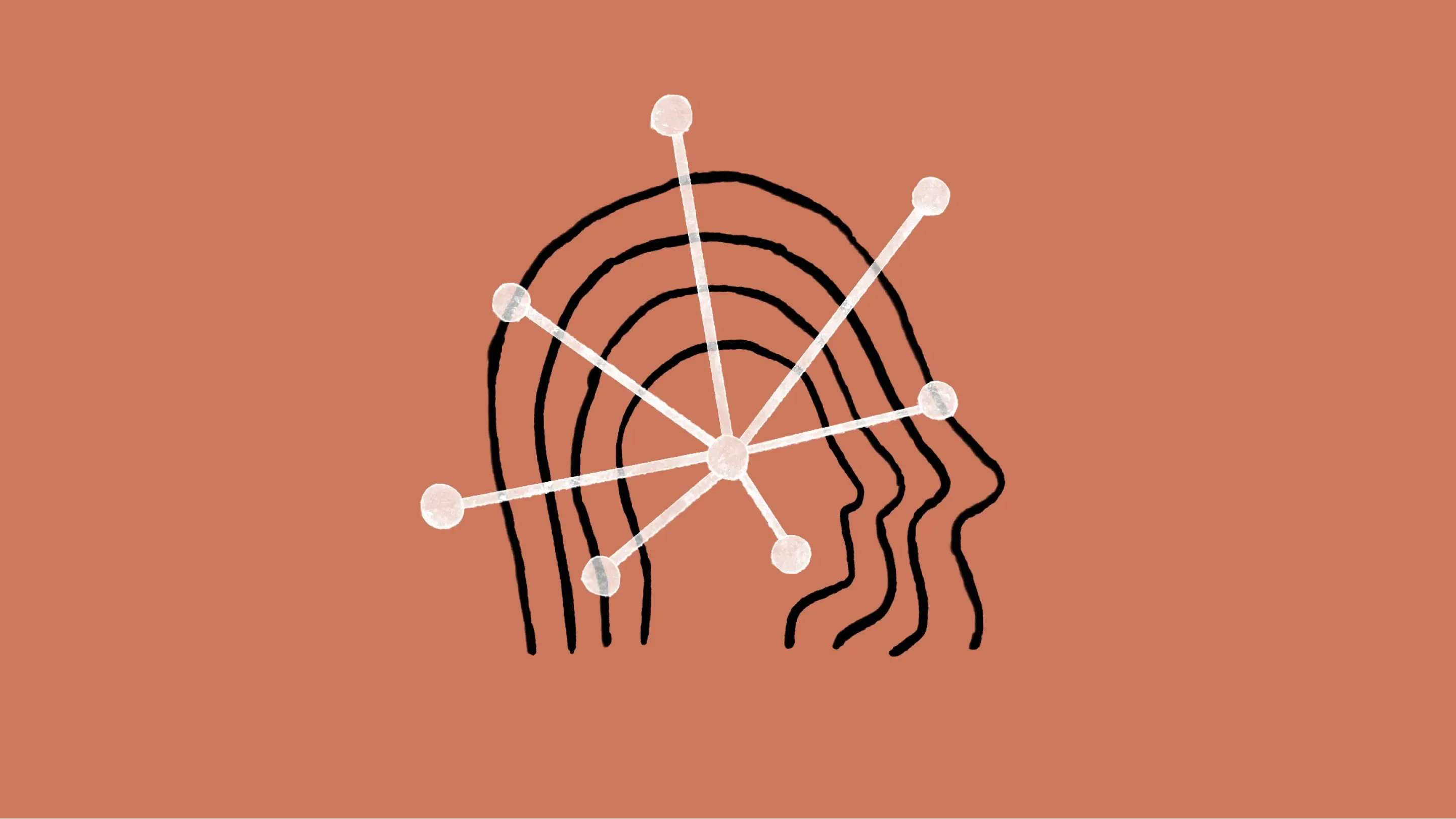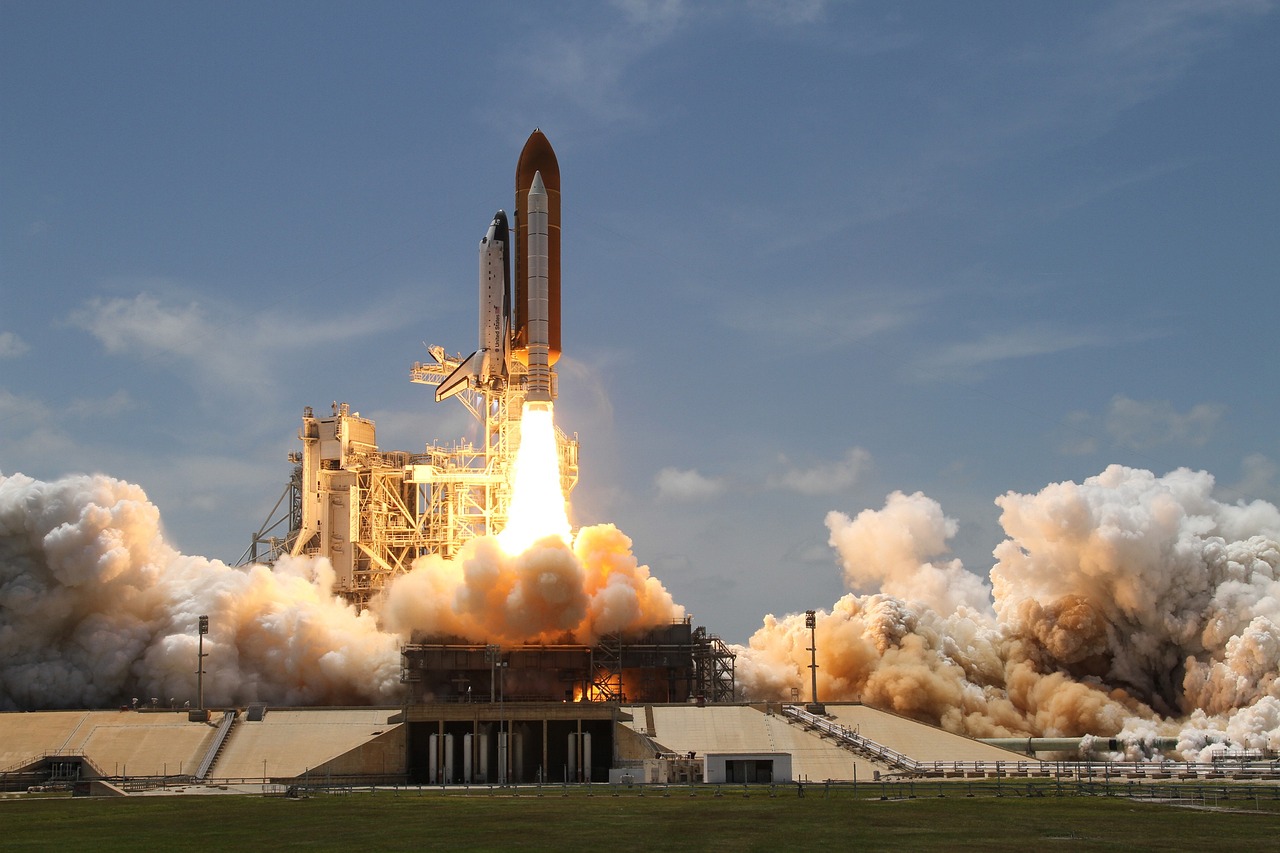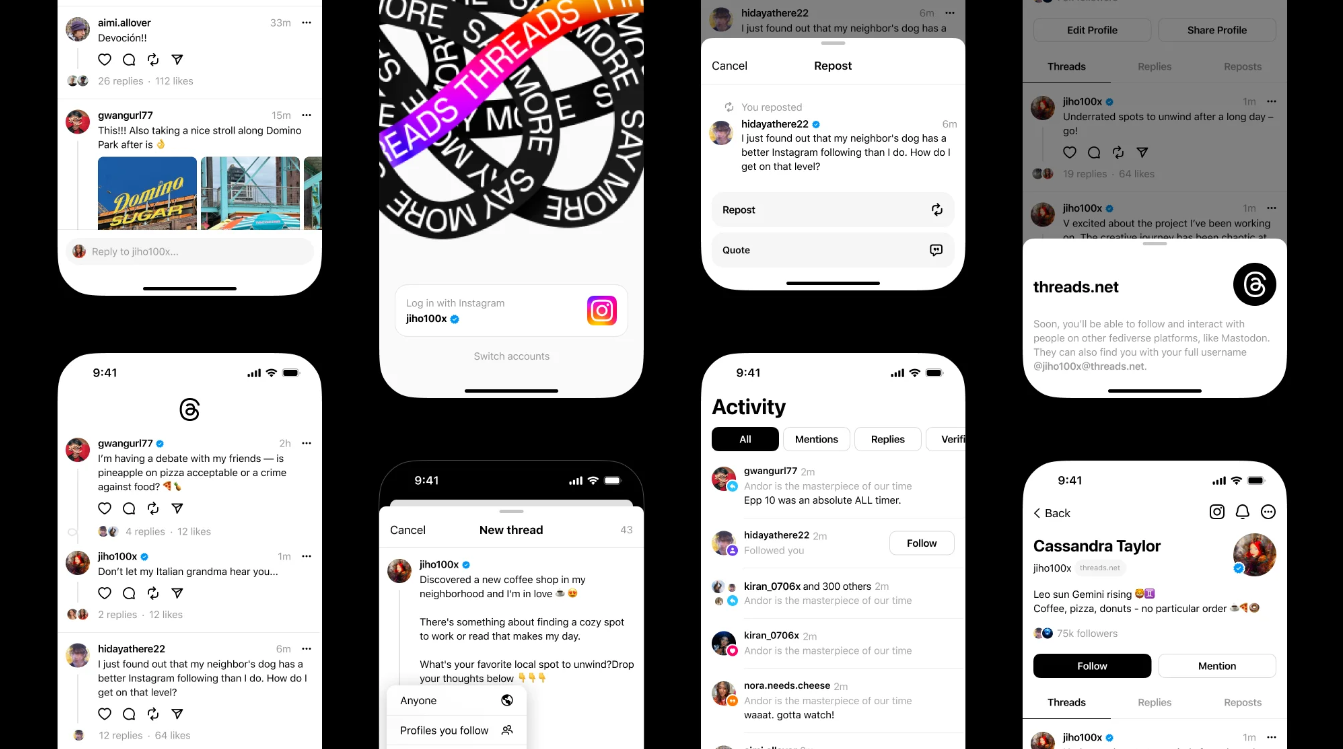The US and Australia have signed an agreement paving the way for US spacecraft launches from Australian soil.
The US-Australia Technology Safeguards Agreement (TSA) provides the legal and technical framework for US space launches from Australian spaceports while ensuring "proper handling" of sensitive technology.
The US state department said the terms of the agreement were consistent with the countries long-standing partnership as members of the Missile Technology Control Regime.
“This agreement protects sensitive US technology and sets the standard for how others should use such sensitive technology in the conduct of satellite and rocket launches from foreign locations,” it said.
The TSA, which will be launched upon confirmation by both parties that all domestic requirements have been met, is understood to be significant because of its potential to open new commercial opportunities for both Americans and Australians in a range of advanced technologies related to space, including satellites.
The new agreement could also facilitate new commercial opportunities for the Australian aerospace industry and “high-paying jobs benefitting the economies of both countries.”
The US state department added that commercial opportunities would depend on Australian plans for infrastructure development and agreements with private launch firms.
Latest News
-
Lloyds brings agentic AI to mobile app in ‘UK first’
-
Government invests £14m in quantum-based sensor development for healthcare, transport and defence
-
Topps Tiles rolls out task management platform across 297 stores
-
Mango partners with TextileGenesis to boost traceability across supply chain
-
Microsoft and G42 boost UAE AI developments with data centre expansion
-
New government measures address ‘major AI skills gap’ to unlock £400bn growth potential
The future-ready CFO: Driving strategic growth and innovation
This National Technology News webinar sponsored by Sage will explore how CFOs can leverage their unique blend of financial acumen, technological savvy, and strategic mindset to foster cross-functional collaboration and shape overall company direction. Attendees will gain insights into breaking down operational silos, aligning goals across departments like IT, operations, HR, and marketing, and utilising technology to enable real-time data sharing and visibility.
The corporate roadmap to payment excellence: Keeping pace with emerging trends to maximise growth opportunities
In today's rapidly evolving finance and accounting landscape, one of the biggest challenges organisations face is attracting and retaining top talent. As automation and AI revolutionise the profession, finance teams require new skillsets centred on analysis, collaboration, and strategic thinking to drive sustainable competitive advantage.
© 2019 Perspective Publishing Privacy & Cookies











Recent Stories